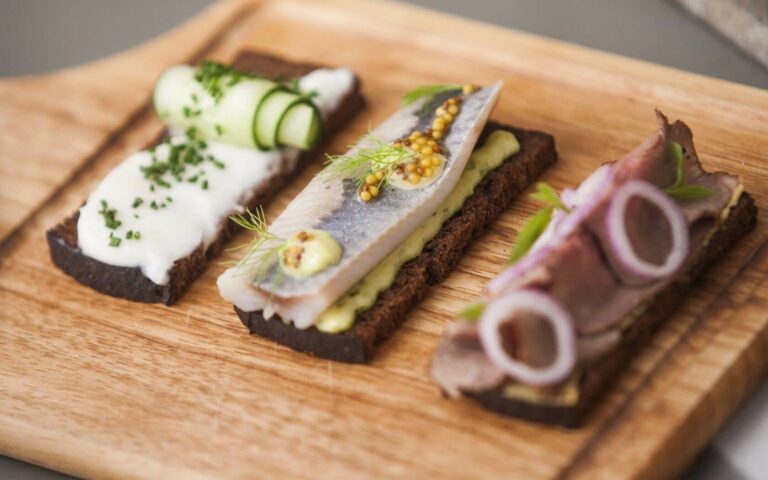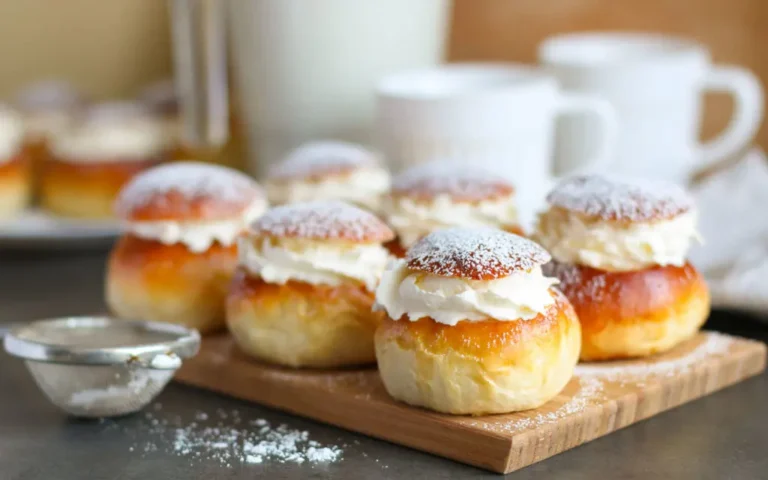Introduction: Exploring Estonian Cuisine
Estonian cuisine may not be as well-known as French or Italian cuisine, but it certainly has its own unique flavor profile worth exploring. Estonian cuisine features hearty and comforting dishes designed to keep you warm during the long, cold winters. The cuisine is heavily influenced by the country’s rural heritage, so you’ll find plenty of hearty stews, soups, and porridges on the menu.
Kapsasupp: A Hearty Cabbage Soup
Kapsasupp, or cabbage soup, is a staple of Estonian cuisine. This hearty soup is made with cabbage, potatoes, carrots, onions, and meat (usually pork). The ingredients are slowly simmered together to create a rich and flavorful broth. Kapsasupp is often served with rye bread and sour cream on top. It’s the perfect comfort food for a chilly evening.
Verivorst: Blood Sausage with Barley
Verivorst, or blood sausage, is a traditional Estonian dish made with barley, pork blood, and spices. The sausage is cooked until it’s crispy on the outside and soft on the inside. It’s often served with potatoes and lingonberry jam. While blood sausage might not sound like the most appetizing dish, it’s a beloved part of Estonian cuisine and definitely worth trying.
Mulgipuder: A Savory Potato Porridge
Mulgipuder is a savory potato porridge that’s popular in Estonia’s Mulgi region. The dish is made with potatoes, barley, onions, and sometimes bacon or pork. The ingredients are cooked together until they form a creamy porridge-like consistency. Mulgipuder is often served with sour cream and lingonberry jam. It’s a comforting and filling dish that’s perfect for a cold winter’s day.
Rosolje: A Colorful Beetroot Salad
Rosolje is a colorful and flavorful beetroot salad that’s often served as a side dish in Estonia. The salad is made with boiled beets, potatoes, carrots, onions, and pickles. The ingredients are mixed together with a dressing made from sour cream, vinegar, and mustard. Rosolje is a refreshing and healthy addition to any meal.
Karask: A Sweet and Savory Bread
Karask is a sweet and savory bread that’s a staple of Estonian cuisine. The bread is made with rye flour, buttermilk, and sometimes barley flour. It’s often flavored with caraway seeds, which give it a distinct flavor. Karask is traditionally served with butter, cheese, or fish.
Kama: A Nutritious Porridge Mix
Kama is a nutritious porridge mix made from roasted barley, rye, and peas. The mix is often added to milk or yogurt and sweetened with honey or sugar. Kama is a popular breakfast food in Estonia, and it’s also used as a snack or dessert.
Vastlakukkel: Traditional Shrovetide Buns
Vastlakukkel, or Shrovetide buns, are a traditional Estonian dessert. The buns are made with a sweet yeast dough and filled with whipped cream and jam. They’re often served during the Shrovetide festival, which marks the beginning of Lent. Vastlakukkel is a sweet treat that’s sure to satisfy your sweet tooth.










